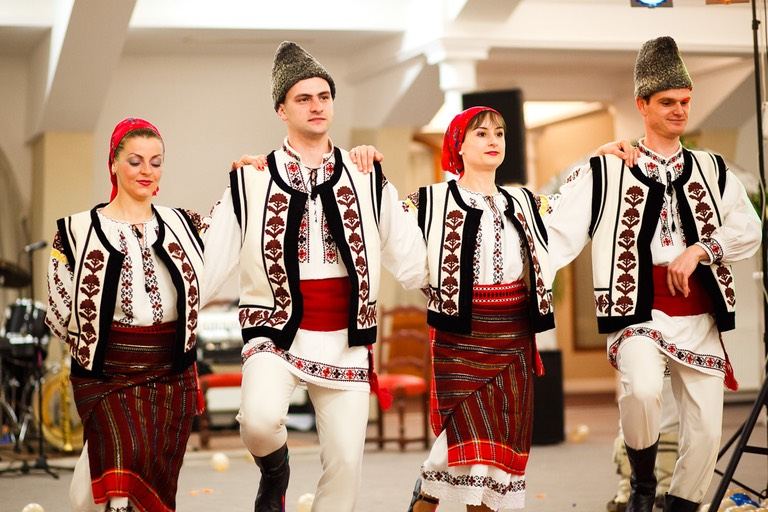The traditional costume is one of the most important form of culture of a country, on it making it on many researches like genesis history and milestones of evolution, originality in relation with other nations and his contribution to the genesis of a people.
In the evolution of Romanian folk stands out three important stages .In the first stage, traditional costumes was individualized and differentiated compared to that of neighboring peoples. Local, chromatic was differentiated by age and area, by preferences for certain technical, motives, etc.
The second stage was influenced by the city industry. Industrial equipments replaced household textiles. Soon, traditional pieces have been replaced in the daily port, and later for holidays. The decline of traditional port increased in several areas with the development of economy and trade links with cities. At the leaving of traditional Romanian costumes contributed also rich peasants which, in the struggle for wealth addopted the modern costume, suitable for the economic development.
In the third stage, nowadys, costume is not used regularly or for agricultural affairs. The traditional costume is used for the local events and celebrations in that regions of the country where traditions are still maintained.
Traditional costumes from Transylvania
About Transylvania we can say that it was a favourable space to outline a typological variety of traditional costumes. In time, they have grown continuously, especially because of to the succession of historical periods, resulting a specific morphological and artistic specific to each region, but without consequences for the common elements. From traditional costumes from Transylvania specific are not missing parts from other areas of the country such as: “ie” for women and shirts for men; vests and jackets; skirts and trousers; head coverings and ornaments and, also shoes.
Overall, as a specific element of the whole area is characterized by Transylvania suit with skirt and a wide variety of this piece. Skirt may be defined as a narrow rectangular piece of approximately 40-50 cm, which bears vertically oriented in the front and rear waist down. Although is a specific Transilvanian piece, it looks different depending of areas and regions of country.
